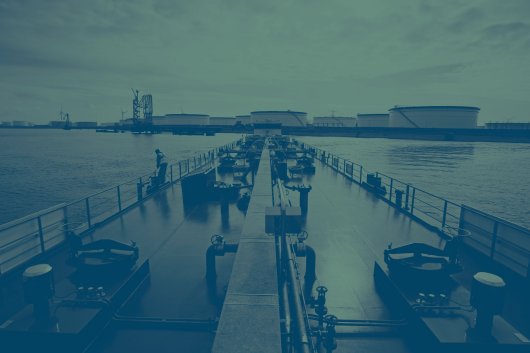Ulsan inks LNG bunkering agreement
Port Authority expects LNG bunkering project to generate growth for Ulsan.
The South Korean port of Ulsan has inked a three-year cooperation agreement with private firms and public institutions in a bid to provide liquefied natural gas (LNG) bunkering.
The collaboration partners are to explore the development of an LNG bunkering infrastructure, the supply of LNG to ships and the procurement of equipment, the Ulsan Port Authority has confirmed.
The deal was signed with 14 organisations including municipal authorities, Korea Gas Corporation (KOGAS), Hyundai Heavy Industries (HHI), Korea Research Institute of Ships and Ocean Engineering, Daechang Solution, NK, Ulsan University and SK Shipping.
In a statement, the port authority explained that the project is designed to promote growth, saying: "It is not disputed that there is a global gravitation towards LNG bunkering and Singapore and Rotterdam also plan to launch LNG bunkering to cement their statuses as oil and energy hubs.
"From this perspective, the signing of this private-public cooperation agreement is expected to enable LNG bunkering to become a new growth engine for Ulsan port, and contribute to the port's success in becoming the oil hub of Northeast Asia."
The development comes a year after South Korea's Ministry of Trade, Industry and Energy (MOTIE) said it intended to build liquefied natural gas (LNG) bunkering terminals at some of its key ports, and to win 70 percent of worldwide orders for dual-fuel tankers over the next decade.
"From a long-term perspective, we will build LNG bunkering terminals at the country's major ports where large vessels arrive and depart," the ministry said in a statement on 15th July, 2015.
By 2017, the South Korean government has said it intends to add an LNG bunkering terminal to a public gas terminal in the coastal city of Tongyeong, located in the southern tip of Goseong peninsula in South Gyeongsang Province. Similar facilities in Gwangyang, Boryeong and Incheon are also planned for the future.
South Korea is the world's leading shipbuilding nation. The top three vessel constructors - Hyundai Heavy Industries Co Ltd, Samsung Heavy Industries Co Ltd and Daewoo Shipbuilding & Marine Engineering Co Ltd - are all South Korean firms.
The Asian country is also the world's second-largest LNG importer after Japan. In 2014, Asia imported a record 182 million metric tonnes of LNG, with Japan accounting for 89 million metric tonnes, South Korea receiving 38 million metric tonnes, China bringing in 20 million tonnes and India 15 importing million tonnes.
The first key LNG bunkering feasibility study for the South Korean market was carried out by DNV and KOGAS following an agreement between both parties in January 2013.
Based on the agreement, DNV was tasked with examining the feasibility of implementing LNG bunkering in the ports of Busan, Incheon and Pyeongtaek.
Speaking at the time, DNV said: "This is one of the largest and most comprehensive feasibility studies ever initiated in the worldwide LNG bunkering industry."
The collaboration partners are to explore the development of an LNG bunkering infrastructure, the supply of LNG to ships and the procurement of equipment, the Ulsan Port Authority has confirmed.
The deal was signed with 14 organisations including municipal authorities, Korea Gas Corporation (KOGAS), Hyundai Heavy Industries (HHI), Korea Research Institute of Ships and Ocean Engineering, Daechang Solution, NK, Ulsan University and SK Shipping.
In a statement, the port authority explained that the project is designed to promote growth, saying: "It is not disputed that there is a global gravitation towards LNG bunkering and Singapore and Rotterdam also plan to launch LNG bunkering to cement their statuses as oil and energy hubs.
"From this perspective, the signing of this private-public cooperation agreement is expected to enable LNG bunkering to become a new growth engine for Ulsan port, and contribute to the port's success in becoming the oil hub of Northeast Asia."
The development comes a year after South Korea's Ministry of Trade, Industry and Energy (MOTIE) said it intended to build liquefied natural gas (LNG) bunkering terminals at some of its key ports, and to win 70 percent of worldwide orders for dual-fuel tankers over the next decade.
"From a long-term perspective, we will build LNG bunkering terminals at the country's major ports where large vessels arrive and depart," the ministry said in a statement on 15th July, 2015.
By 2017, the South Korean government has said it intends to add an LNG bunkering terminal to a public gas terminal in the coastal city of Tongyeong, located in the southern tip of Goseong peninsula in South Gyeongsang Province. Similar facilities in Gwangyang, Boryeong and Incheon are also planned for the future.
South Korea is the world's leading shipbuilding nation. The top three vessel constructors - Hyundai Heavy Industries Co Ltd, Samsung Heavy Industries Co Ltd and Daewoo Shipbuilding & Marine Engineering Co Ltd - are all South Korean firms.
The Asian country is also the world's second-largest LNG importer after Japan. In 2014, Asia imported a record 182 million metric tonnes of LNG, with Japan accounting for 89 million metric tonnes, South Korea receiving 38 million metric tonnes, China bringing in 20 million tonnes and India 15 importing million tonnes.
The first key LNG bunkering feasibility study for the South Korean market was carried out by DNV and KOGAS following an agreement between both parties in January 2013.
Based on the agreement, DNV was tasked with examining the feasibility of implementing LNG bunkering in the ports of Busan, Incheon and Pyeongtaek.
Speaking at the time, DNV said: "This is one of the largest and most comprehensive feasibility studies ever initiated in the worldwide LNG bunkering industry."
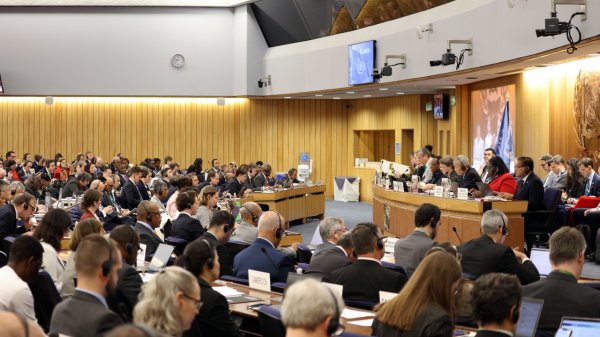
|
IMO approves pricing mechanism based on GHG intensity thresholds
Charges to be levied on ships that do not meet yearly GHG fuel intensity reduction targets. |
|
|
|
||
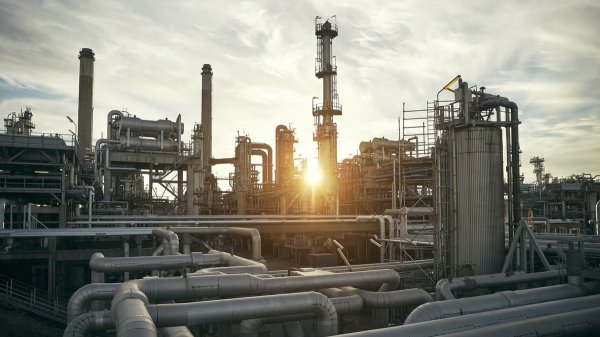
|
VARO Energy expands renewable portfolio with Preem acquisition
All-cash transaction expected to complete in the latter half of 2025. |
|
|
|
||
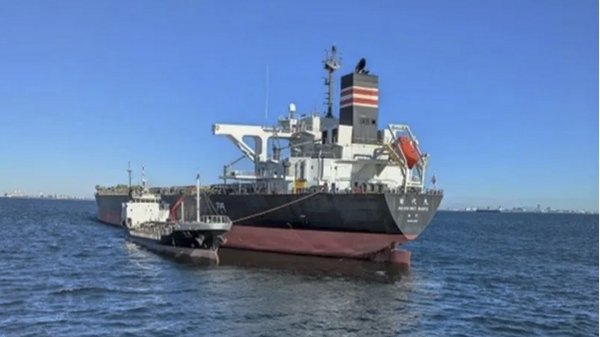
|
NYK trials biofuel in milestone coal carrier test
Vessel is used to test biofuel for domestic utility company. |
|
|
|
||
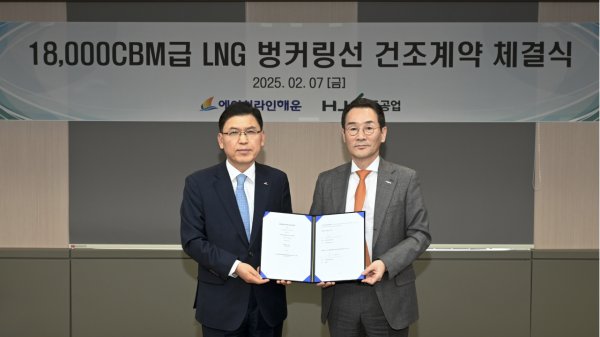
|
H-Line Shipping orders LNG bunkering vessel
Vessel with 18,000-cbm capacity to run on both LNG and MDO. |
|
|
|
||
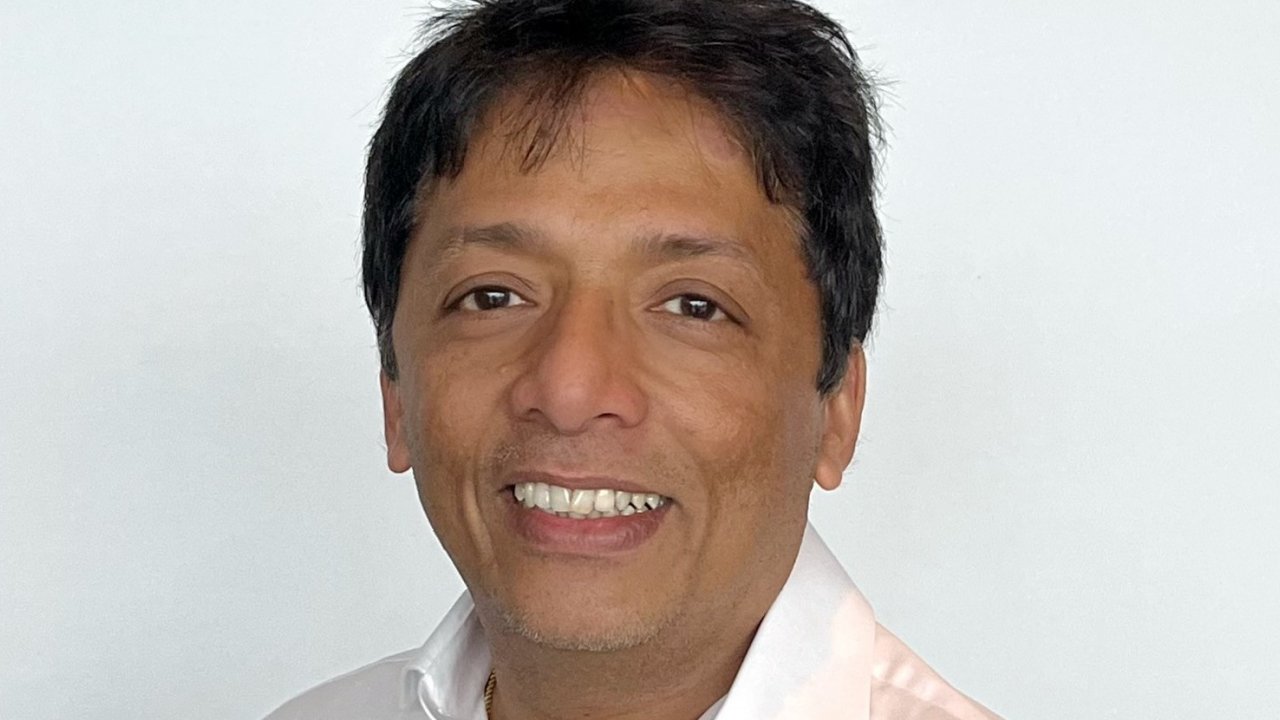
|
How to engineer and manage green shipping fuels | Stanley George, VPS
Effective management strategies and insights for evolving fuel use. |
|
|
|
||
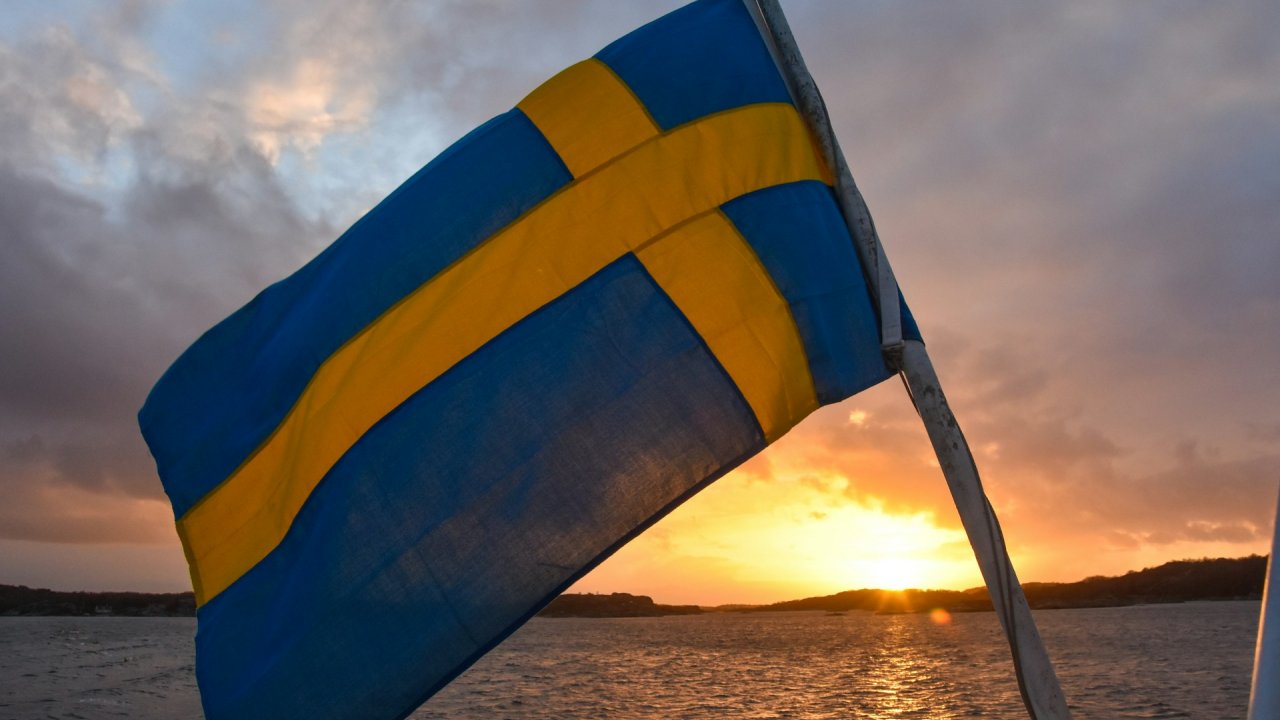
|
Swedish government bans scrubber wastewater discharges
Discharges from open-loop scrubbers to be prohibited in Swedish waters from July 2025. |
|
|
|
||
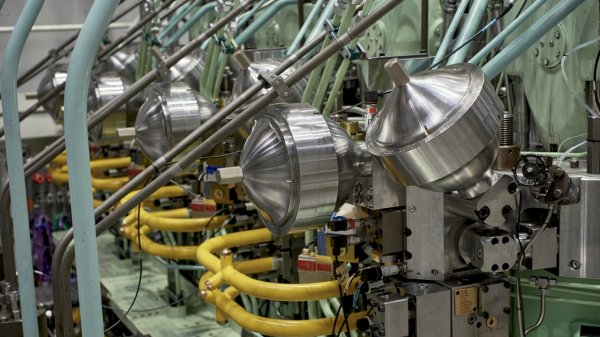
|
MAN Energy Solutions achieves 100% load milestone for ammonia engine
Latest tests validate fuel injection system throughout the entire load curve. |
|
|
|
||
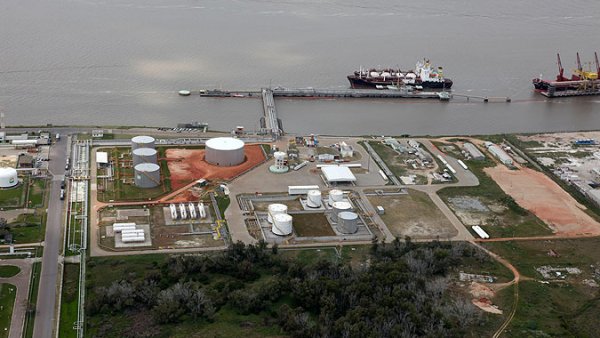
|
Petrobras secures ISCC EU RED certification for B24 biofuel blend at Rio Grande
Blend consisting of 24% FAME is said to have been rigorously tested to meet international standards. |
|
|
|
||
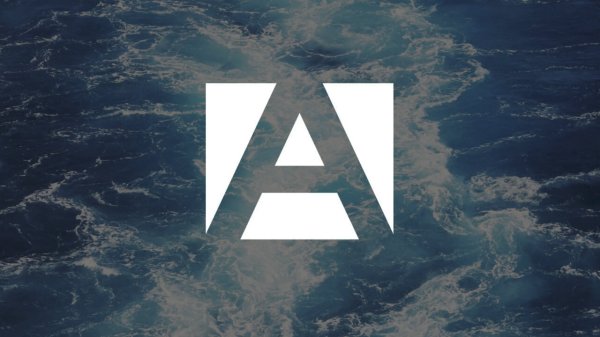
|
Stolt-Nielsen to fully control Avenir LNG with acquisition
Share purchase agreement to buy all shares from Golar LNG and Aequitas. |
|
|
|
||
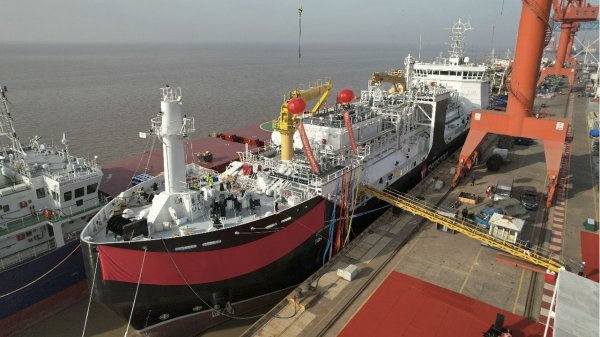
|
Bureau Veritas supports launch of CIMC SOE's LNG bunkering vessel
Handover of Seaspan Energy's cutting-edge 7,600-cbm vessel completed. |
|
|
|
||
Related Links
- · Korea plans to build LNG bunkering terminals... and most of the world's dual-fuel tankers [Insights]
- · LNG bunkering feasibility study in South Korea [Insights]
- · High manganese steel tanks for world's largest LNG-fuelled bulker [Insights]
- · Republic of Korea [Directory]
- · Ulsan [Directory]

